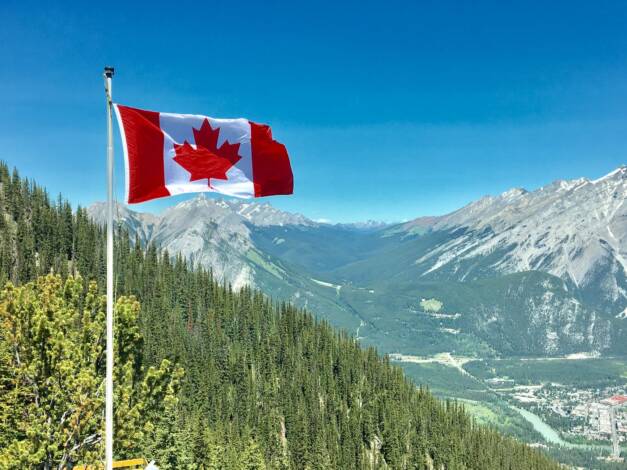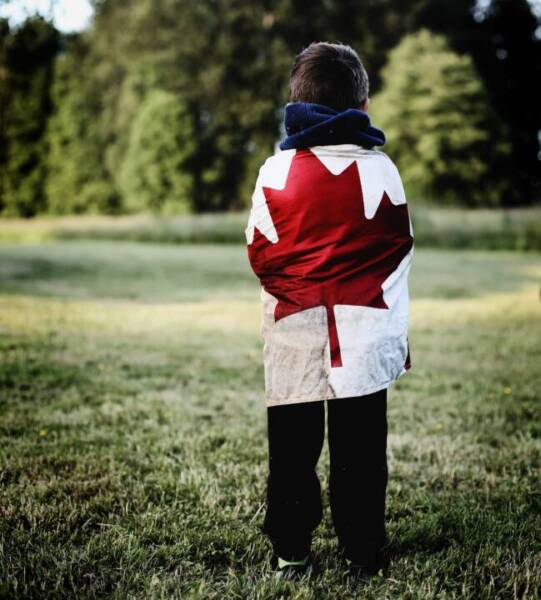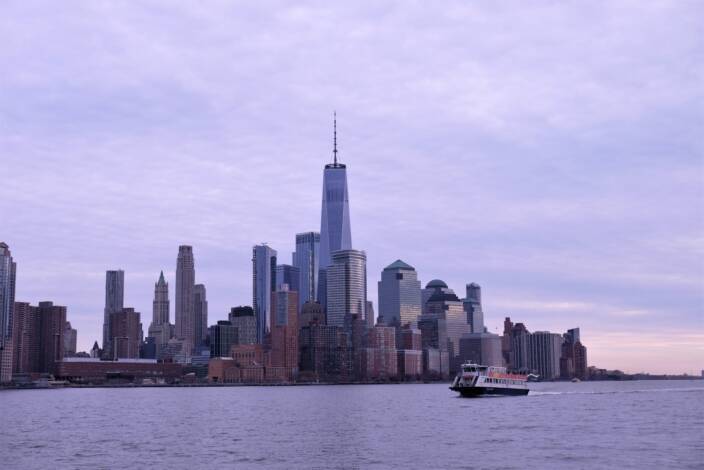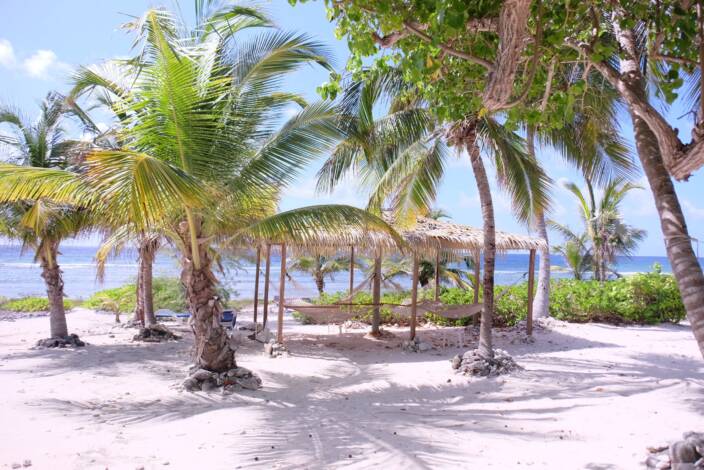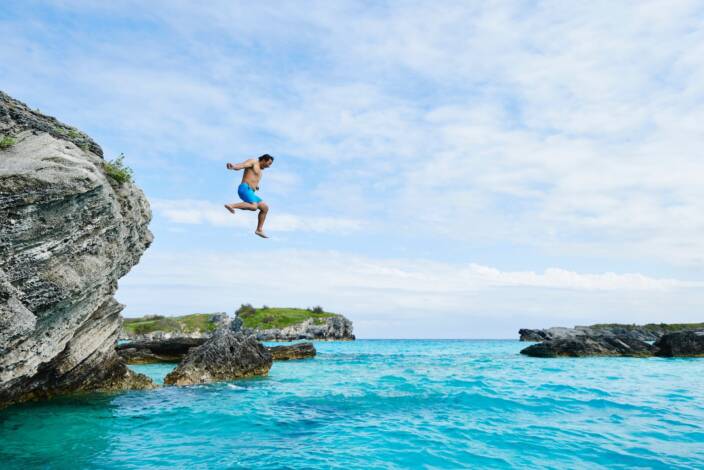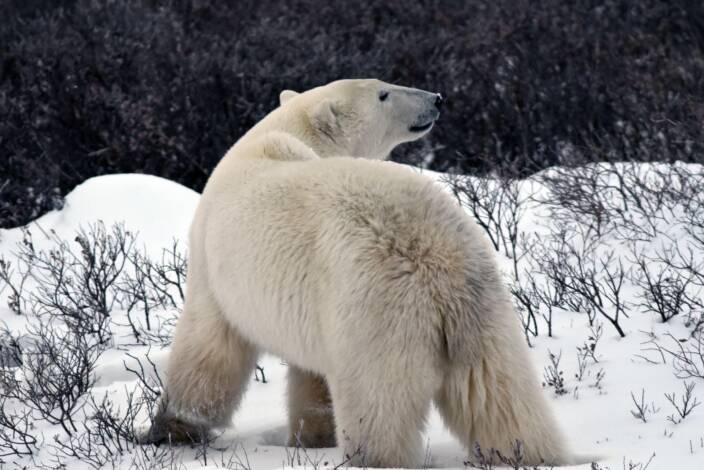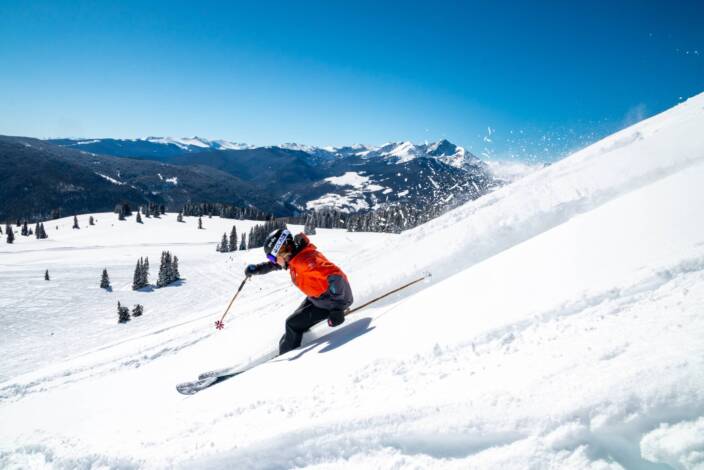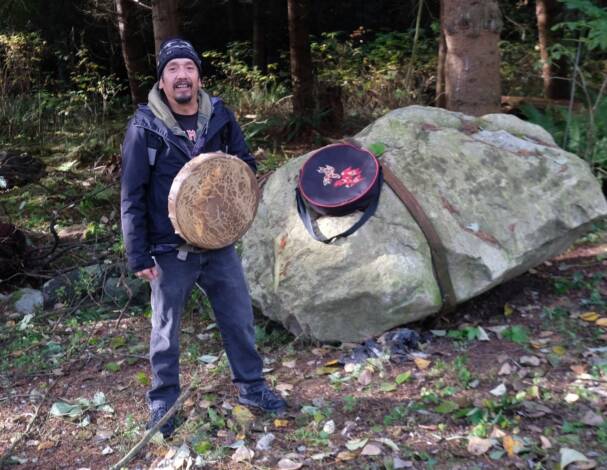
National Geographic Picks Yellowknife and Indigenous B.C. Tourism as 2021 Highlights
November 27, 2020 ctn_admin
National Geographic Travel has come out with its list of 25 timely places to visit in 2021, when we all hope things are a little more normal. Included in the list are two Canadian mentions; Yellowknife in the Northwest Territories and Indigenous Tourism in British Columbia.
Here’s some of what Nat Geo had to say about Yellowknife:
The story of Yellowknife, capital of Canada’s Northwest Territories, reads like an adventure novel. Sitting at the edge of the Arctic, on the banks of the Great Slave Lake, and surrounded by wild taiga, the city of 20,000 came into being when gold was discovered in the area in the 1930s.
Gold mining was the main industry in Yellowknife for decades, and when the last of the local gold mines was closed in 2004, the city was already busy mining diamonds: In 1991, geologists found one of the richest diamond deposits on Earth here.
The Dene people have stewarded and travelled this land for thousands of years. Today, in the face of global challenges like COVID-19, climate change, and environmental degradation, the Dene find freedom in the land, says Catherine Lafferty, a Yellowknives Dene Nation author whose latest book, Land-Water-Sky/Ndè-Tı-Yat’a, is the first penned under her Dene name, Katłıà.
Future visitors to Yellowknife can experience some of these gifts during nights lit by the aurora borealis shimmering over the boreal forests and countless small lakes outside the city.
Here’s an excerpt from their commentary on Indigenous Tourism in B.C.
British Columbia is home to more than 200 distinct Nations. Amid the global reckoning on race, learning about Indigenous B.C. as a family is a springboard for talking with kids about timely issues such as cultural appropriation and racial stereotypes.
With an Indigenous history that spans some 10,000 years, the province is a perfect place to embark on authentic Indigenous travel experiences hosted by First Nations, Inuit, and Métis communities. Vancouver and Vancouver Island are among the most convenient places for families to learn about Indigenous culture. The island alone has more than 45 Nations and the city offers some kid-friendly urban options, such as Talaysay Tours’ “Talking Trees” walk in Stanley Park.
On the 90-minute forest ramble, Squamish and Shíshálh cultural ambassadors share knowledge passed down through the generations to help visitors understand how First Nations people across southern British Columbia use the land for food, medicine, and technology.
(Canadian Travel News editor-in-chief Jim Byers took the “Talking Trees” tour in Stanley Park a year ago. Here’s a link to his report.)
And here’s the National Geographic full list of 25 places for 2021, with an end note from Jim.
Katmai National Park, Alaska
Dominica
Los Glaciares National Park, Argentina
Svaneti Region, Georgia (Europe)
Tulsa, Oklahoma
Pueblo Nations, New Mexico
Guam
Gyeongju, South Korea
Vitoria-Gasteiz, Basque Country, Spain
Tonglu, China
Isle Royale, Michigan
Cerrado, Brazil
Lord Howe Island, Australia
Yellowknife
Indigenous Tourism in B.C.
Space Coast, Florida
England Coast Path, United Kingdom
Hortobagy, Hungary
Transylvania, Romania
Denver
Alonissos, Greece
Gabon
New Caledonia
Copenhagen
Freiburg, Germany
Editor’s Note
I’m lucky to have been to a few of these places. Here are some thoughts.
I love New Smyrna Beach, which is just a few miles up the road from Cape Canaveral on the Florida Space Coast. There are great galleries, a fun and lively downtown, a terrific beach and plenty of open space to explore in the Canaveral National Seashore, which has beautiful sand beaches and quiet lagoons to explore.
Lord Howe Island is definitely not easy to get to, but it’s definitely on my list of the most exotic places I’ve been to. It’s a tiny, tiny, tiny dot of land in the ocean northeast of Australia and is part of New South Wales. Only a couple hundred people live here, but there are several BnB’s and a couple of fabulous hotels, including Arajilla Lodge and the truly spectacular Capella Lodge, which has amazing views of the twin peaks of basalt that command the south end of the island. There’s fabulous snorkelling and diving, lonely beaches to explore and spectacular hiking.
Dominica is known as the Nature Island, and for good reason. The waterfalls are both beautiful and bountiful (try Emerald Pool and also Trafalgar Falls), and there are vast areas of rainforest and tons of hiking trails to be found. This not a “fly and flop” kind of place, but there are several nice beaches, a few posh hotels (I’m aiming to stay a few nights at Jungle Bay Resort next year) and there’s excellent diving, too. The views of the south end of the island from Scotts Head (an easy walk to get close to the top of the hill) are exceptional.

